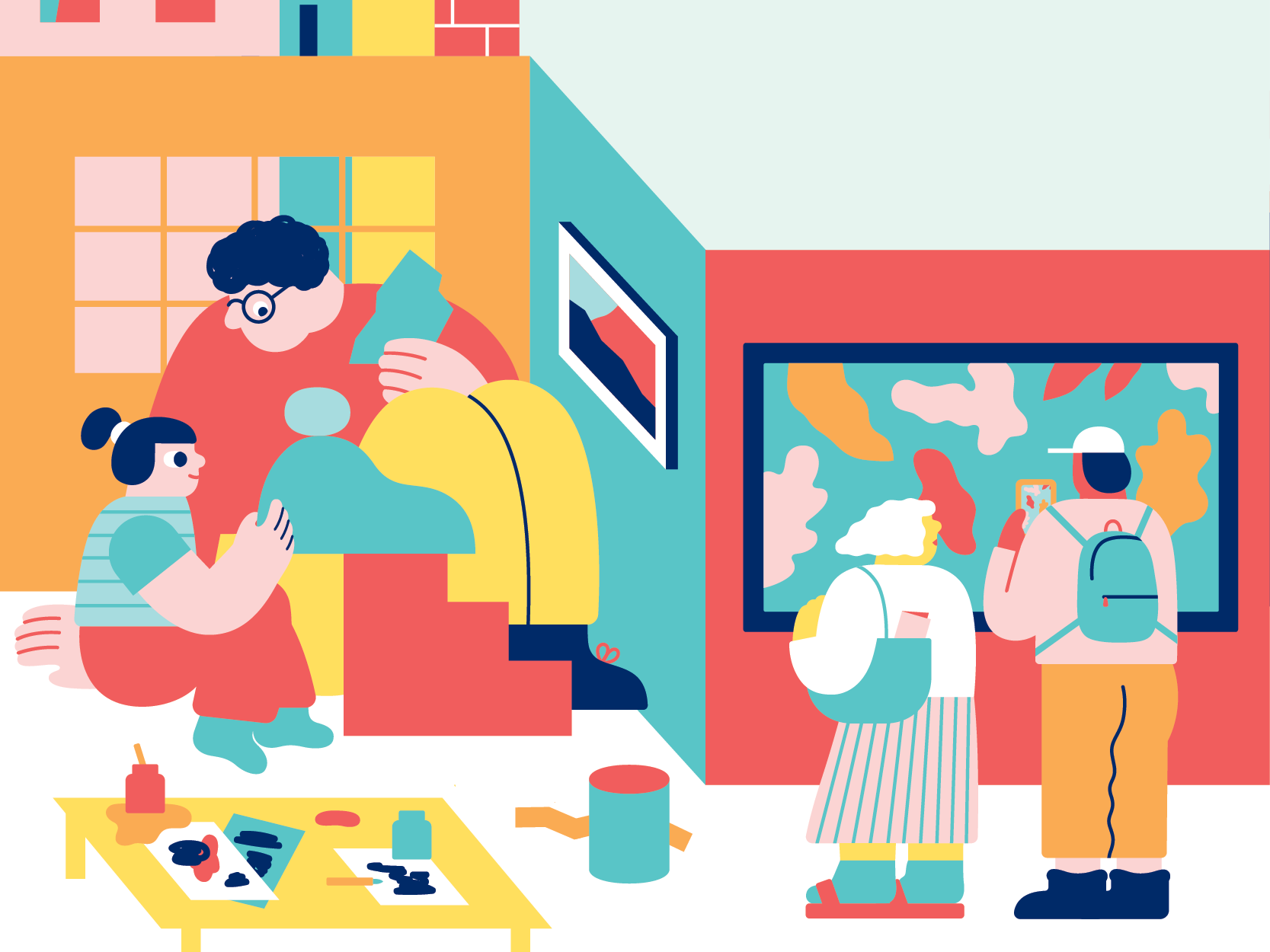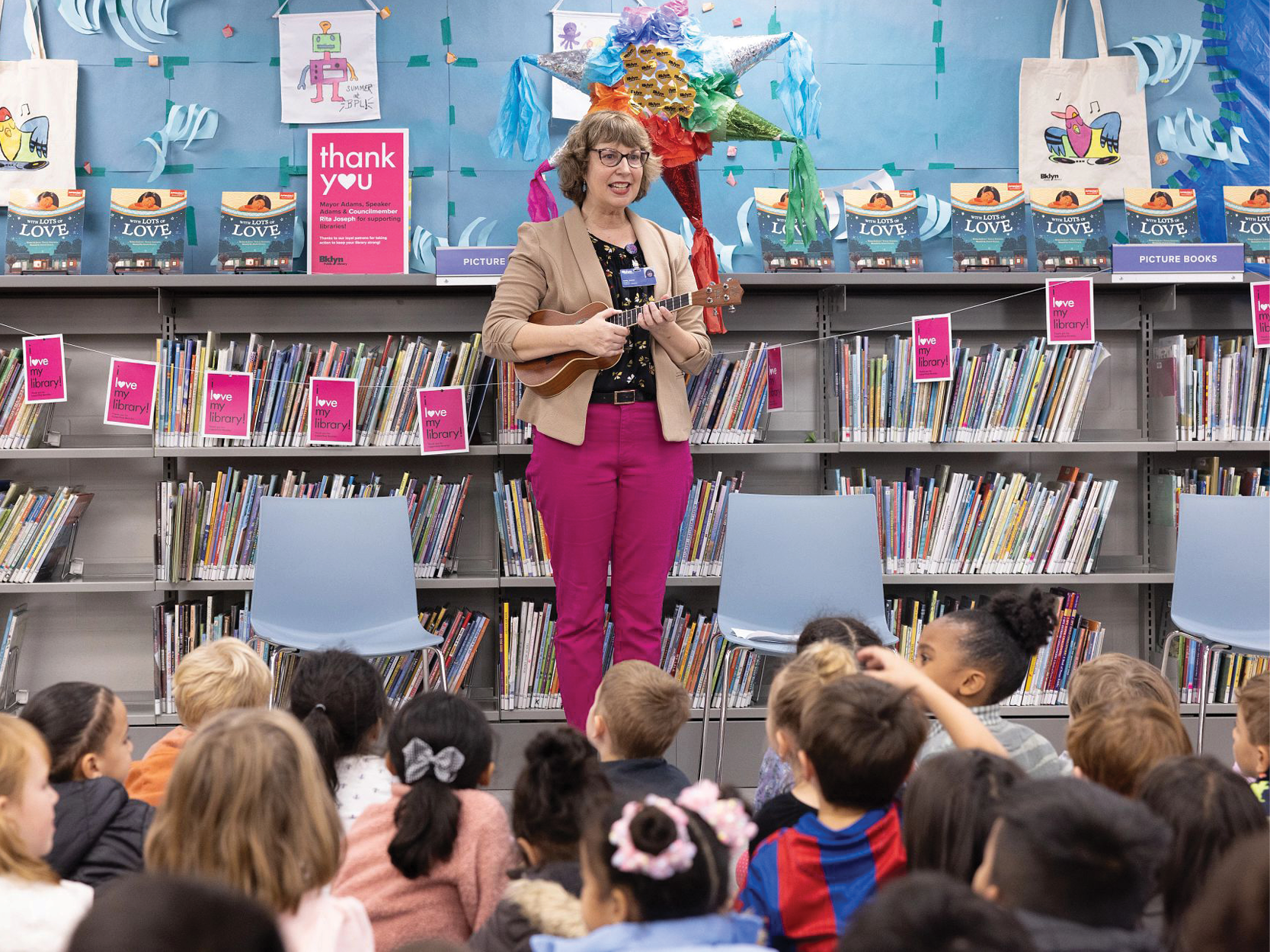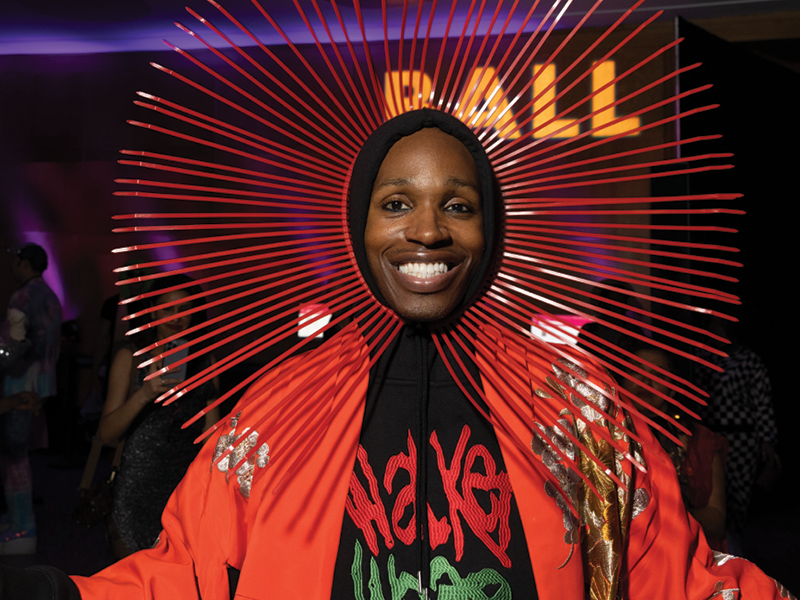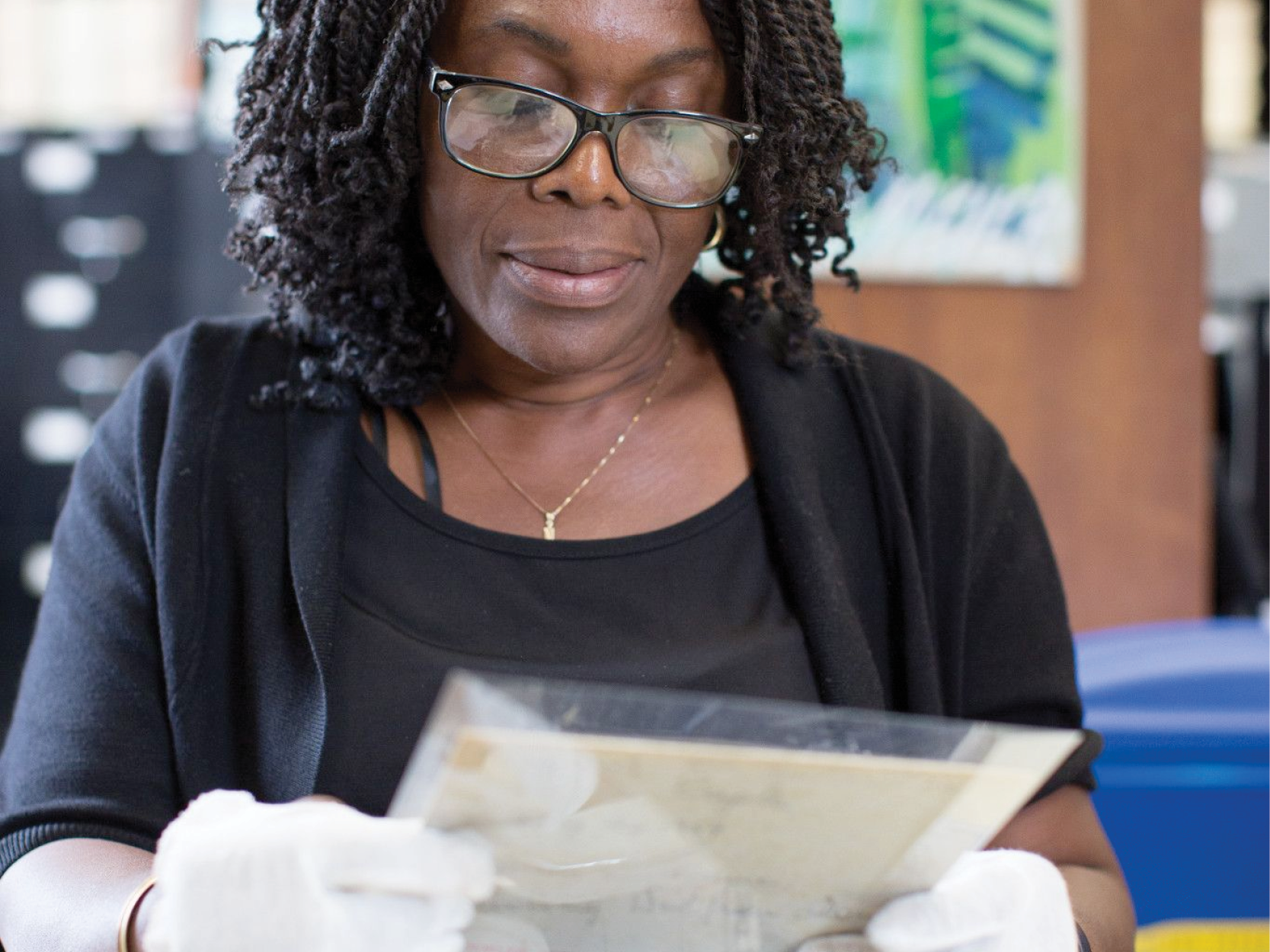For the past few years, in pursuit of a new career as an information professional, I have been working towards a master’s degree in library and information science (MLIS) with a concentration in archival studies from the iSchool at the University of Missouri, where I will be graduating in May. My profound passion for libraries and archives stems from the belief that providing access to valuable resources is a fundamental service to the community, especially for those underrepresented individuals whose stories are often overlooked and difficult to discover. As a queer first-generation minority undergraduate and graduate student from a low-income, working-class family, I understand the importance of representation and accessibility, and why creating a more diverse and inclusive archive is invaluable and necessary.
A key component of my education was an archival practicum I completed at the Center for Brooklyn History (CBH), where I currently work as a library page. One significant thing I have learned during my studies and experiences working in public libraries so far is that most institutions have an extensive backlog of unprocessed archival collections due to insufficient funding and staffing (another reason to protect library funding!). CBH for one has a rich and diverse archive to pick through, touching on more than a century of Brooklyn’s history, but it unfortunately is no stranger to this trend.
Since January, I have been assessing small photo collections, selecting candidates for processing and digitization. After choosing which collection to process, I began by conducting a pre-processing survey, noting such items as formats, physical condition, existing arrangement, and any preservation issues. Next, I developed a processing plan, including dates, measurements of materials, provenance, and restrictions. Once these plans were approved by the supervisor, I created a resource record in ArchivesSpace which then got published as a finding aid to the special collections portal. After fully processing the collection, I digitized the photographs using a flatbed scanner and created a spreadsheet of metadata to send to the special collections cataloger for uploading into the digital asset management system, which then gets published to the digital collections portal at Brooklyn Public Library. In the end, I processed a total of three archival collections that I found notable: the Bert H. Molow Coney Island photographs, the Cathie Gandel photographs, and the Kvedaras family photographs.
What makes many of these collections interesting to me is that they serve as a window to a time long forgotten, when the characteristics of a particular neighborhood were all very different from what we see today.
One great example from my practicum is a collection of photographs taken in 1972 of street scenes in Coney Island by former Brooklyn resident and photography teacher, Bert H. Molow, gifted to the Brooklyn Historical Society in 1995. These photographs show a very different time in Coney Island with many young children playing outside unsupervised in dilapidated vacant lots and amid run-down buildings. These photographs are representative of a pre-gentrified Coney Island and are essential in helping to fill CBH’s collection gap on the effects of gentrification borough-wide. An official accession record for this collection was not created until 2017, with the collection becoming fully processed and digitized only in 2024. So, after nearly three decades, this collection is now accessible for public viewing.
Below is one of my favorite images from the collection. This black and white photo from 1972 shows a group of twelve young children with their bikes in front of two storefronts, along Mermaid Avenue between West 24th Street and West 25th Street, in Coney Island. The storefront to the right was the now-defunct Bam’s Furniture Mart, located at 2422 Mermaid Avenue. One of the boy’s bikes lacks a rear tire. Perhaps they are fixing a flat?
One thing I always find fascinating is looking at past photographs and comparing them to recent ones to see how much the neighborhood has developed over time, which you can see in the Google Maps screenshot I included beneath Molow’s photo. It appears that where both Bam’s Furniture Mart and the neighboring laundry shop once stood are now vacant storefronts. These photos from the past serve as time capsules that can aid in historical research or just be viewed out of pure curiosity.


Another collection representing these portals to the past is the Cathie Gandel photographs, a set of three black and white prints of street scenes in Brooklyn Heights taken during the late 19th or early 20th century, gifted to CBH in 2020. The photo below shows the First Unitarian Congregational Society in Brooklyn on the corner of Pierrepont Street and Monroe Place, across the street and down the block to the left from CBH. The Google Maps screenshot beneath shows a very different area with rows of cars lining each side of Pierrepont Street, a crosswalk with street signs on the corner of Monroe Place, and a skyscraper towering above the church. One of the most notable features in front of the church is a staple of New York City architecture, scaffolding! According to the New York City Department of Buildings, there are nearly 400 miles of scaffolding today!


The final collection that shows a very different-looking Brooklyn block is the Kvedaras family photographs, seven black and white prints from the Kvedaras family of 379 South 3rd Street in Williamsburg taken during the years 1939–1950, received by the Brooklyn Historical Society in 2008. The photo below shows the facade of the Kvedaras family residence on the morning of Sunday, August 19, 1945, after a block party celebrating the end of World War II. The mother of the family, Anna Kvedaras, is seen looking out of the window in the upper-right corner of the building. Today, as seen in the Google Maps screenshot, the building stands solid white instead of the darker brown shade it once had over seventy years ago. Other distinct changes are the two windows in the lower right of the building now have bars, and the railing and area around the stairs to the front door are metal and no longer laid with brick.


The next photo was taken around 1950 and shows Joseph Kvedaras on the right, and a closer look at the front entrance. The wooden front door with the stained-glass window above showing the building address and the brick porch railing is shockingly different from what we see today in the Google Maps screenshot. What once was a single-family residence, has now become a rental with 8 units.


While processing these three collections, I encountered some issues, including scanning prints on non-standard paper, color profile inconsistencies, and questionable file naming conventions. By communicating and collaborating with collections team members, we were able to address all these concerns, thus reinforcing the power and necessity of teamwork.
Overall, I feel very privileged to have had the opportunity to work behind the scenes at CBH, discovering what historical materials remain hidden from public view, and making these collections accessible to researchers.
This practicum has not only been highly informative, providing me with the required knowledge, skills, and experience to provide users with the information they desire, but it has, most importantly, been truly inspiring. I look forward to beginning my career as an information professional and cannot wait to uncover more pieces of history to share with the greater community, ensuring that more diverse stories are heard.
This blog post reflects the opinions of the author and does not necessarily represent the views of Brooklyn Public Library.
I love nostalgia!!! A…
Post a Comment
While BPL encourages an open forum, posts and comments are moderated by library staff. BPL reserves the right, within its sole discretion, not to post and to remove submissions or comments that are unlawful or violate this policy. While comments will not be edited by BPL personnel, a comment may be deleted if it violates our comment policy.
eNews Signup
Get the latest updates from BPL and be the first to know about new programs, author talks, exciting events and opportunities to support your local library.







